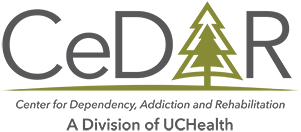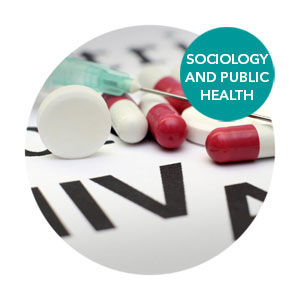SOCIOLOGY AND PUBLIC HEALTH
Opioid addiction has reached daily media attention over recent years primarily connected to death and overdose rates. An article from the Huffington Post reports opioid deaths reached a total of 52,404 in 2015. That number is to exceed 60,000 for 2016. The Center for Disease Control has issued numerous publications regarding overdose deaths. It has reviewed issues ranging from opioid painkiller prescribing guidelines to fentanyl-related overdoses.
Chronic Disease Management
One fundamental goal confronting the opioid epidemic is the concept of chronic disease management. Another is the use of the healthcare system to support this model of care. Acute-care philosophy, often involving Minnesota Model rehab and abstinence approaches to treatment has been insufficient to address the mortality and harm connected with the current epidemic. The CDC has also been firm on its stance of support for Medication-Assisted Treatment (MAT). Examples of MAT approaches include Buprenorphine maintenance, Naltrexone injections, and Methadone programs.
The Huffington Post article raises another interesting parallel in this fight. It’s the same as the management of HIV and AIDS in the early 1990s. At that time, much of the publicity and attention was on the lethality of AIDS and safe practices to avoid contracting HIV. Scientific approaches and embracing a chronic disease model have made HIV a manageable chronic disease without necessary lethality. The medications used for HIV treatment are much better tolerated by people to allow for continuous care.
Changing Approaches
Our hope is that clinical practices to confront the opioid epidemic will become so standard and effective that ideologic approaches such as pure-abstinence paths will be deemed far beneath the standard of medical care. Although not a requirement for stabilization, some medication options are discussed with an emphasis on overall life change made possible through stabilization.
Read more CeDAR Education Articles about Sociology and Public Health including Treatment Search and Barriers.




